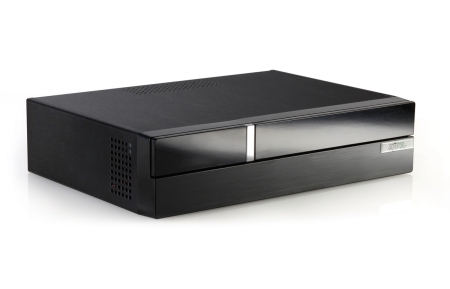I have a lot of RISC-V and Arm hardware. How do my latest 3 RISC-V purchases stand up against each other and the stalwart Raspberry Pi 4B? Let’s find out!
The similarities between these boards are striking. All have 4 cores and all except the HiFive board have 8GB of RAM (HiFive Unmatched has 16GB). All have some kind of flash-based storage: The Raspberry Pi and Sipeed Lichee are using external SanDisk SSDs connected by USB 3. The HiFive Unmatched and VisionFive 2 have NVMe drives (I hope all SBCs provide an NVMe slot going forward).
Since I mainly use these for compiling Fedora packages, I tested compiling qemu using identical configurations. I built it a few times to warm up and then timed the last build, on otherwise unloaded machines. Here are the results:
| Release date | Cost (see note) | qemu build (secs) | |
| HiFive Unmatched (RISC-V) | 2020 | £1000+ | 3642 |
| Vision Five 2 (RISC-V) | 2022/3 | £150 | 582 |
| Sipeed Lichee Pi 4A (RISC-V) | 2023 | £200 | 1376* |
| Raspberry Pi 4B (Arm) | 2019 | £238 | 1154 |
Note that in the cost column I have included tax, delivery, and all extras that I had to purchase (such as disks) to bring the device up to the tested configuration. This is why the prices are much higher than the sticker price you will see online. Also the Raspberry Pi price is what I paid back in the halcyon days of 2020 before Raspberry Pi shortages.
* The speed test for the Sipeed Lichee was done using the Fedora distribution. There seems to be something very wrong with the measured speed of this board, and given the TH1520 chip we think this board ought to be able to do much better. However restoring the original Debian distro to it will require a load more work, because the boot path for this board is insane.
If you would like to try to reproduce these numbers, first download this config file (benchconfig.sh). Then check out qemu sources @ commit 885fc169f09f591 (don’t forget the submodules). Then do:
mkdir build cd build ../benchconfig.sh make clean time make -j4
This should compile about 2576 targets (the number can vary depending on the precise stuff you have installed, it’s hard to make qemu configurations completely identical, but it shouldn’t be much larger or smaller than this).






